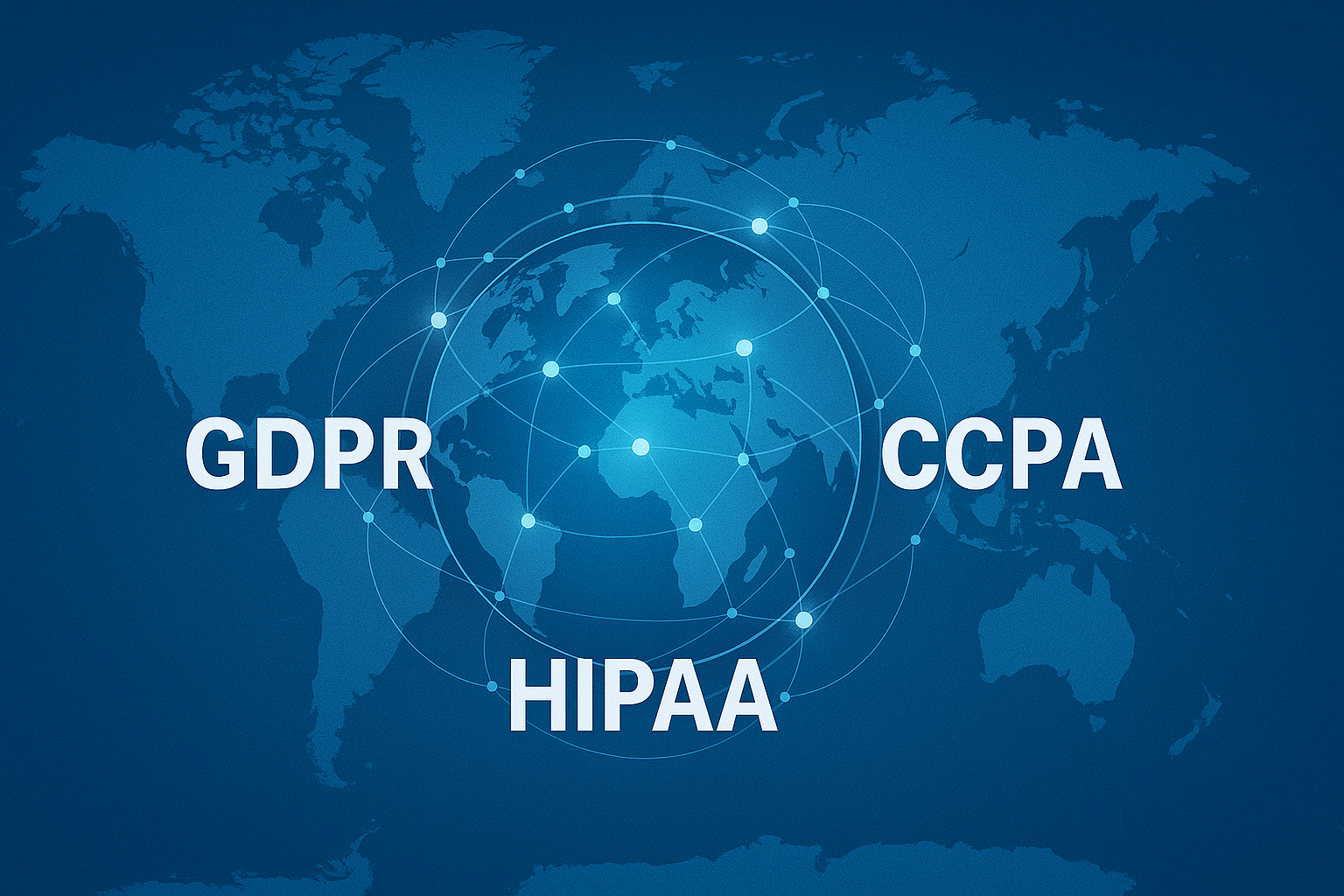The accelerating digital economy has scattered personal data across clouds, continents, and countless connected devices. European companies obeying the General Data Protection Regulation may assume they are adequately covered worldwide, yet every jurisdiction layers its own expectations on top of the familiar GDPR principles. California’s Consumer Privacy Act (CCPA) champions transparency and opt‑out rights for residents whose clicks echo far beyond the Pacific Coast. In the United States health sector, the Health Insurance Portability and Accountability Act (HIPAA) imposes security and disclosure controls that resonate through every telemedicine portal and wellness‑tracking application. Each rulebook uses a different vocabulary, yet the central promise is the same: people must remain in charge of their information. The challenge for global online businesses is to translate overlapping legal dialects into one coherent operational language without strangling innovation or customer experience.
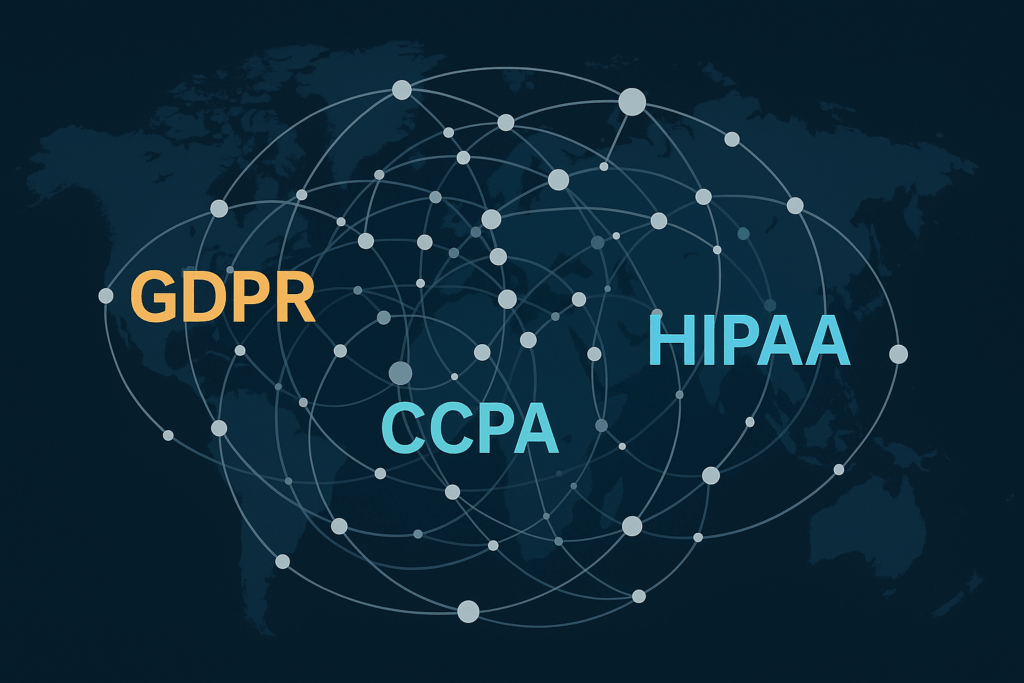
Navigating the Global Data Protection Landscape
A European‑based fashion e‑commerce brand that markets ethically sourced shoes may comply with GDPR consent banners and data‑subject access procedures, yet the moment a Californian influencer orders a pair for a West Coast photo shoot, CCPA awakens and demands an additional “Do Not Sell My Personal Information” link. Meanwhile, if the same storefront introduces a wellness‑oriented foot‑scan feature that interprets gait data as a medical characteristic, HIPAA’s definition of protected health information might suddenly apply once the scans are shared with US podiatrists.
The extraterritorial reach of GDPR is widely known, but CCPA’s long‑arm clause is equally potent for any company whose annual gross revenue exceeds forty million dollars, processes data of over one hundred thousand California consumers, or earns half of its revenue from selling personal data—thresholds many mid‑size SaaS vendors meet without realizing it. HIPAA, though US‑centric, extends beyond hospitals: cloud hosts, payment processors, and analytics providers that handle protected health information become “business associates” and inherit liability for breaches.
Penalties vary in style as much as currency. GDPR’s headline fines of up to four percent of global turnover grab attention, yet California’s statutory damages in class‑action suits can quietly cripple DTC brands whose margins cannot absorb punitive settlements. HIPAA enforcement mixes civil penalties, mandatory corrective action plans, and in egregious cases even criminal charges. For companies juggling multiple frameworks, the lesson is to architect privacy from the strictest common denominator rather than bolt on region‑by‑region patches.
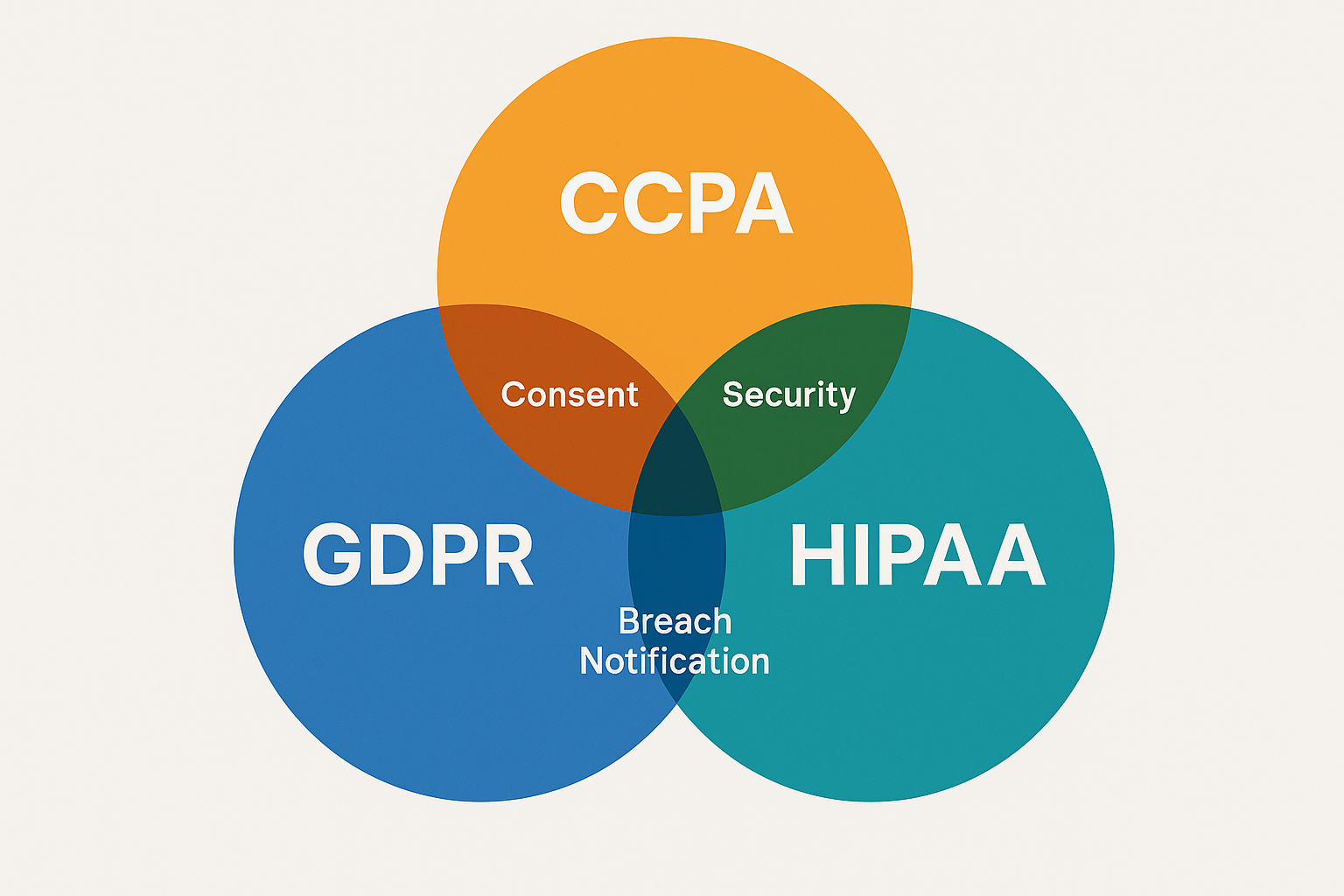
CCPA: California’s Consumer‑Centric Enforcement Model
While GDPR is rooted in broad principles of lawfulness, fairness, and purpose limitation, CCPA is unapologetically consumer‑rights‑oriented. It hands Californians four practical levers: the right to know, delete, opt out of sale, and nondiscrimination. The spirit is empowerment over personal data commoditization, and its latest amendment, the California Privacy Rights Act (CPRA), strengthens enforcement through a dedicated state agency and tightens data‑minimization requirements that echo GDPR’s storage‑limitation clause.
For SaaS providers offering freemium productivity tools, the sale or sharing of behavioral analytics with ad networks triggers CCPA’s opt‑out rule, obliging a conspicuous footer link. Marketplaces using look‑alike audience technology need to ensure that “sharing” for cross‑context advertising is separated from strictly necessary analytics or risk breaching CPRA’s updated definitions. E‑commerce brands engaged in loyalty programs must provide clear value‑exchange explanations to avoid allegations of price discrimination tied to personal information.
Operationally, data‑inventory audits should map each data point from collection to deletion, linking it to a lawful purpose and identifying whether it is sold or shared. Service‑provider agreements must incorporate CCPA‑specific clauses forbidding secondary use. Automated workflows for responding to access, deletion, or opt‑out requests must deliver within forty‑five days, extendable once with notice, mirroring GDPR’s thirty‑day standard but structured under a different reference frame.
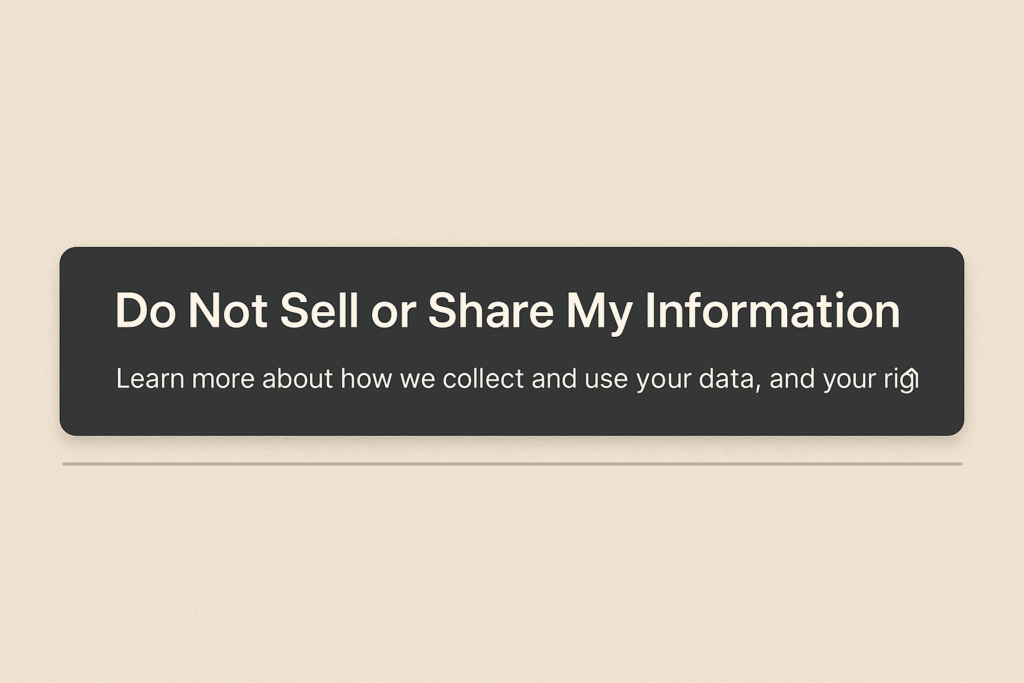
HIPAA: Safeguarding Health Data in a Digital Age
Telehealth startups, fitness platforms, and AI symptom checkers often underestimate how quickly optional wellness features cross into HIPAA territory. The statute protects individually identifiable health information transmitted in any form, and its Security Rule demands administrative, physical, and technical safeguards calibrated to risk. Encryption at rest and in transit, role‑based access control, and rigorous audit trails are baseline expectations that dwarf typical e‑commerce protocols.
A meditation app hosting user‑journaled mental‑health reflections might avoid HIPAA if it never partners with covered entities. Yet once it integrates with a therapy practice’s electronic health‑record system, the data pipeline becomes subject to HIPAA, mandating a business‑associate agreement that codifies breach reporting within sixty days and cooperation with Department of Health and Human Services audits.
Breach response is unforgiving: incidents affecting more than five hundred residents of a state must be reported to the media, amplifying reputational damage. Civil penalties scale with culpability, measuring everything from mere negligence to willful neglect not corrected within thirty days. Startups therefore adopt privacy‑by‑design patterns such as data segmentation, zero‑trust networking, and client‑side data minimization to insulate consumer features from regulated pipelines.
HIPAA’s influence extends beyond the US. European telemedicine providers eyeing the American market must overlay HIPAA’s prescriptive safeguards atop GDPR’s risk‑based approach, proving to investors that expansion will not invite catastrophic compliance debt.
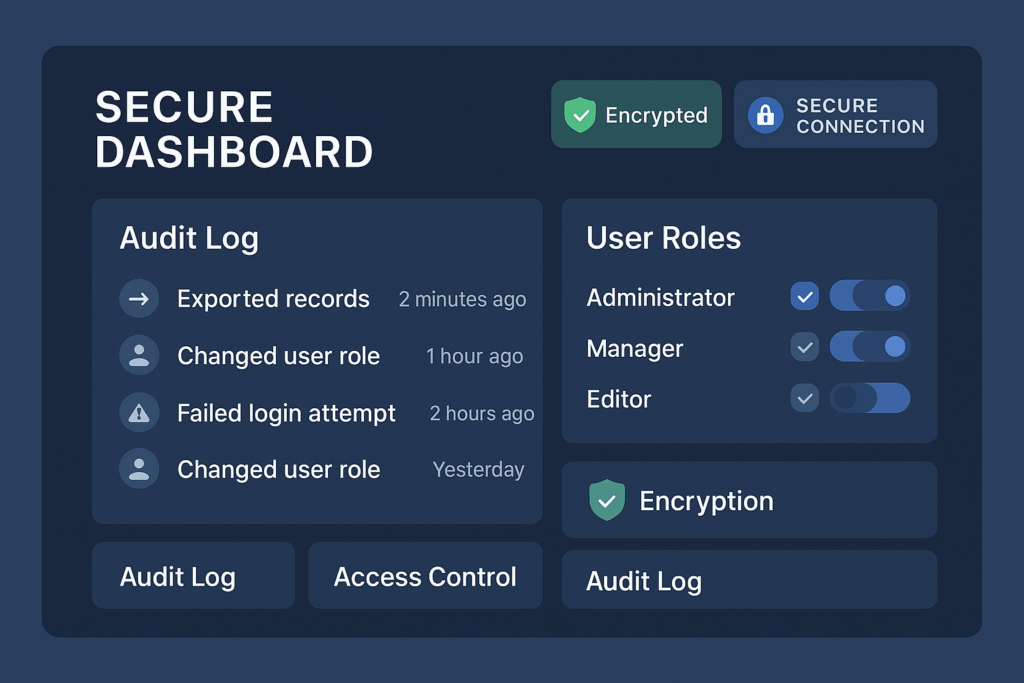
Building a Unified Compliance Strategy with Vadimages
Fragmented compliance stifles innovation when every new feature triggers another legal firefight. Vadimages approaches privacy as a design asset rather than a hurdle, embedding regional nuances directly into architecture. Our engineers begin each engagement with a code‑level gap analysis, then scaffold microservices around common enforcement controls: tokenized identifiers, consent orchestration layers, geography‑aware routing, and immutable audit journaling.
A recent Vadimages ecommerce client importing US foot‑scan data into a European warehouse navigated GDPR, CCPA, and potential HIPAA obligations simultaneously. Our solution erected a consent gateway that dynamically switches disclosure language and opt‑out mechanisms based on the shopper’s IP‑resolved jurisdiction. The medical‑grade scan artifacts remained siloed in an encrypted object store subject to HIPAA retention policies, while the marketing profile data flowed through a CCPA‑friendly opt‑out logic. Performance, customer experience, and regulatory alignment all advanced in parallel.
Choosing Vadimages means more than ticking a checkbox. It is a partnership where compliance is continuously monitored by telemetry hooks feeding dashboards that spotlight anomalous data flows before regulators or customers ever notice. When new laws such as India’s Digital Personal Data Protection Act or Brazil’s LGPD updates emerge, policy templates cascade through infrastructure as code rather than frantic after‑the‑fact patches.
Vadimages Web Development Studio transforms privacy headaches into competitive advantages. Our specialists craft secure, scalable web platforms that satisfy GDPR, CCPA, HIPAA, and every emerging framework without sacrificing speed or design elegance. From consent pop‑ups that feel native to geo‑fenced data stores guarded by military‑grade encryption, we empower ambitious brands to launch globally with confidence. Schedule a free compliance readiness audit at vadimages.com and discover how privacy‑first engineering drives growth.

⸻
In an era where data crosses more borders than people, legal fragmentation is the cost of doing digital business. Organizations that weave GDPR, CCPA, HIPAA, and other statutes into a single operational fabric not only avoid fines but earn the trust that converts visitors into lifelong customers. With design‑driven privacy, flexible microservice scaffolding, and vigilant monitoring, the web can be both innovative and humane. Vadimages stands ready to guide that journey, proving that compliance and creativity belong on the same roadmap.
